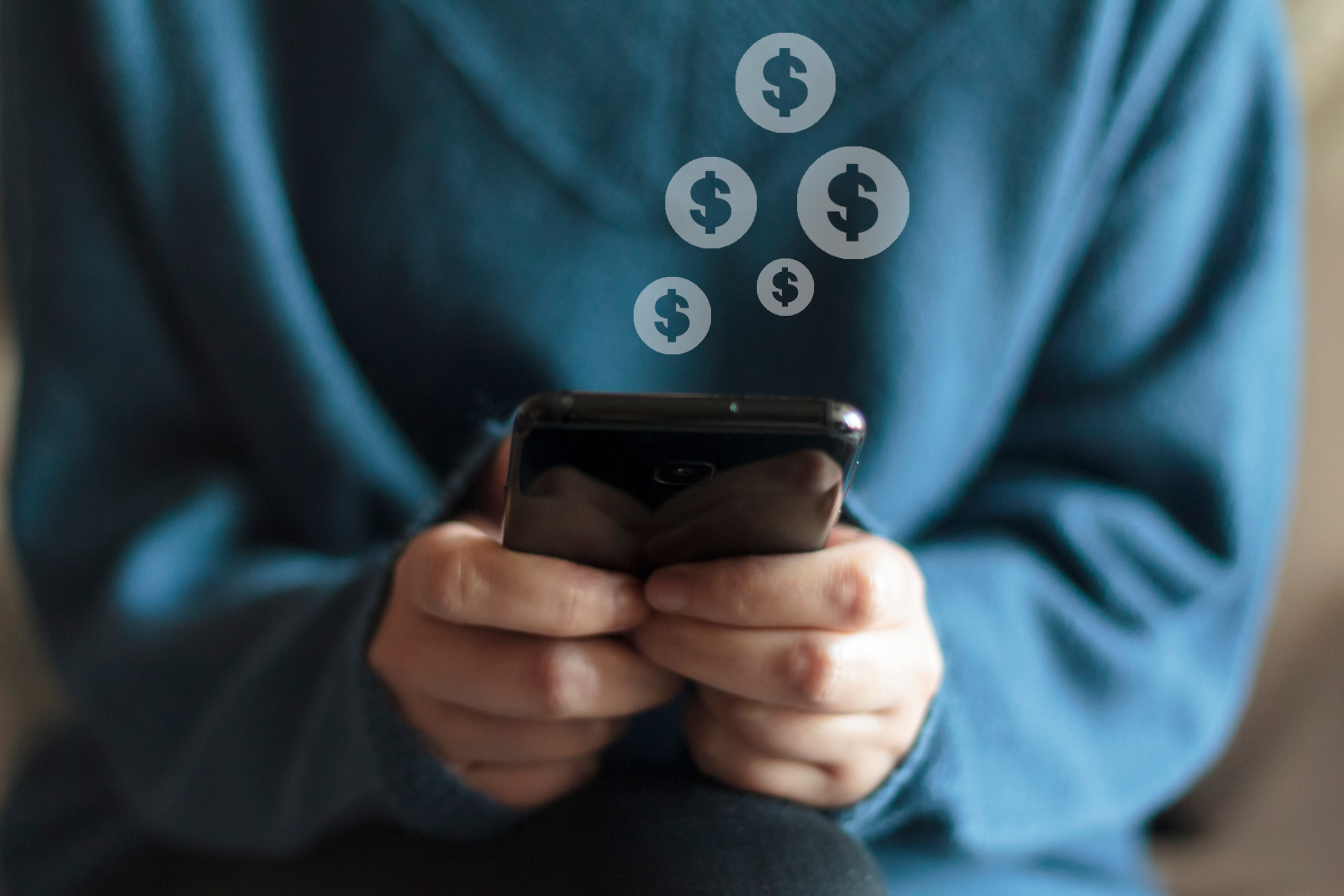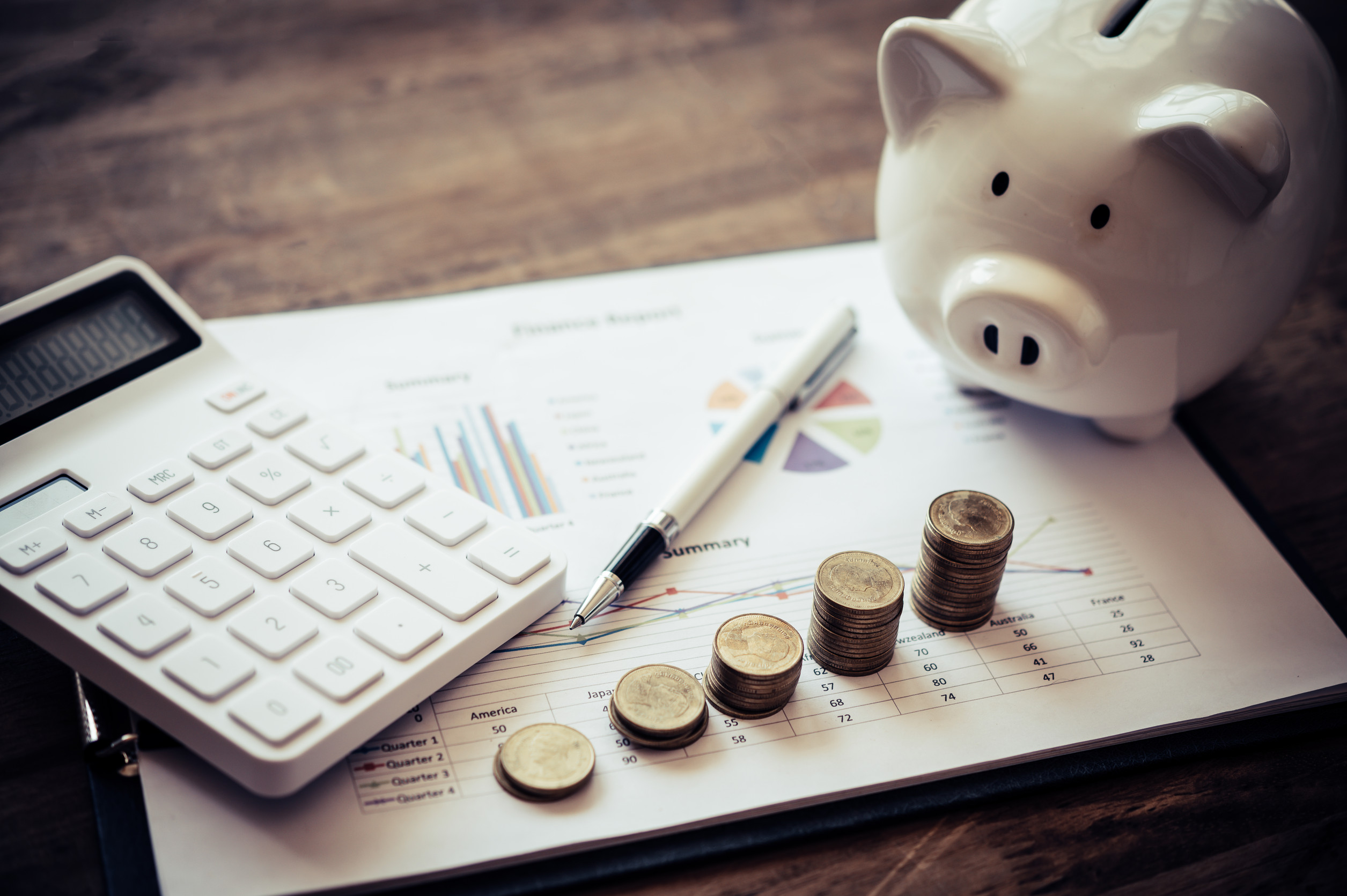In today’s digital age, there’s an app for everything—from ordering coffee to tracking sleep cycles. So, naturally, it seems like budgeting apps would be the smartest, most efficient way to manage money. They promise clarity, convenience, and control, all from the comfort of a smartphone screen.
But behind those polished user interfaces and automatic categorization features is a system that may be doing more harm than good. Before handing over your financial habits to an algorithm, it’s worth asking: are budgeting apps really helping—or just another digital trap?
The Illusion of Control
Most budgeting apps offer users the illusion of financial control without providing the real tools for lasting discipline. By automating spending categories and tracking every transaction, they create the sense that everything is under control—even when it’s not. This passive approach encourages people to observe their spending rather than take active responsibility for it.
When users rely on apps to do the thinking for them, it’s easy to forget that the goal isn’t to watch money move, but to manage it with purpose. True control comes from understanding the why behind each purchase, not just the what.
Hidden Costs and Subscriptions
Ironically, many apps designed to help people save money end up costing money themselves. Some hide features behind paywalls or push users into premium subscriptions that quietly renew each month. Others collect and sell user data, monetizing spending habits in ways users don’t fully grasp. The small fees may seem negligible, but over time they can quietly undercut the very savings people are trying to build. In the worst cases, users are paying for a service that encourages more consumption rather than smarter spending.
One-Size-Fits-All Doesn’t Fit Most
Every person’s financial situation is unique—so why do most budgeting apps take a cookie-cutter approach? These apps often force users into preset categories that may not reflect how they actually live or spend. Someone saving aggressively for a house will budget very differently than someone paying off student loans or juggling freelance income. But apps tend to flatten all these differences into a generic monthly chart. That oversimplification can lead to frustration, confusion, and ultimately abandonment of the app altogether.
Over-Reliance on Automation
Automation sounds appealing: categorize spending, track bills, alert users to overspending. But relying too heavily on these features can dull financial instincts. Instead of regularly engaging with their income and expenses, users may only glance at a pie chart once a week and assume everything is fine. This detachment can make it easier to miss trends, ignore bad habits, or rationalize overspending in certain areas.
When budgeting becomes too passive, it loses its ability to promote real change. Active involvement is what builds discipline and long-term awareness.
They Treat Symptoms, Not Causes
Budgeting apps often act like painkillers for financial stress, offering short-term relief without addressing the root problems. By highlighting spending patterns and nudging users toward vague goals, they give the impression that progress is being made. But they rarely address the emotional or behavioral factors behind financial decisions. Why is someone consistently overspending? Why do savings goals keep getting postponed? Without digging into those deeper questions, no app can create sustainable change.
Data Isn’t the Same as Understanding
Seeing numbers on a screen doesn’t automatically lead to better choices. Budgeting apps bombard users with charts, graphs, and weekly summaries—but that flood of information can be more overwhelming than helpful. Financial literacy isn’t about data collection; it’s about interpretation, context, and conscious decision-making. A beautifully designed dashboard can still mask poor spending habits if the user doesn’t know how to read it effectively. The result is a surface-level awareness that rarely translates into smarter behavior.
The Anxiety of Constant Monitoring
While some people find budgeting apps reassuring, others experience heightened anxiety from constant financial surveillance. Getting daily notifications about spending or weekly reminders about falling short of a goal can become a mental burden. Instead of empowering users, this can create guilt, stress, or even avoidance.
A budget should provide structure and support—not trigger panic every time a coffee is bought. The best financial plans leave room for flexibility and grace, not just rigid oversight.
Your Budget, Your Rules
Creating a personal budget from scratch may take more effort, but it offers far more clarity and customization. Unlike an app, a self-made budget reflects real priorities, goals, and lifestyle choices. It encourages hands-on reflection and forces individuals to confront their habits head-on. There’s no algorithm smoothing over poor decisions or simplifying complex trade-offs. When someone builds their own financial plan, they’re far more likely to understand it—and stick to it.
Flexibility Builds Resilience
One major advantage of self-made budgeting is the ability to adapt quickly. Life isn’t static—unexpected expenses, income changes, or new goals can arise at any moment. Pre-set categories in an app may not shift easily, but a personal system can be modified on the fly. This flexibility builds financial resilience and encourages continuous learning. The more someone adjusts and fine-tunes their budget, the more confident and prepared they become over time.
Real Growth Requires Real Engagement
Budgeting is more than tracking—it’s about building habits, setting intentions, and growing financially over time. Apps can assist with tracking, but they can’t replace the effort it takes to truly engage with personal finance. Real growth happens when people sit down with a spreadsheet or notebook and ask hard questions about their choices. That level of honesty is uncomfortable, but it’s where lasting change begins. And no sleek app notification can match the satisfaction of knowing every dollar has a purpose.
Ditch the App, Build the Habit
Budgeting apps aren’t evil—but they’re not the silver bullet they claim to be. They offer convenience, but at the cost of understanding. They track behavior, but don’t shape it. For anyone serious about taking charge of their financial future, the best place to start isn’t the App Store—it’s with a blank page, a pen, and some honest reflection. Real budgeting is a habit, not a product.
What’s your take? Do you think budgeting apps help or hurt in the long run? Drop a comment below and share your experience. Let’s get the conversation started.
Read More
10 Budgeting Ideas That Only Work If You Make Over $50k Per Year
Can a Budget Save Your Relationship? How Couples Are Using Money Apps to Reconnect


